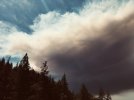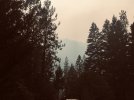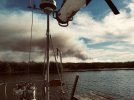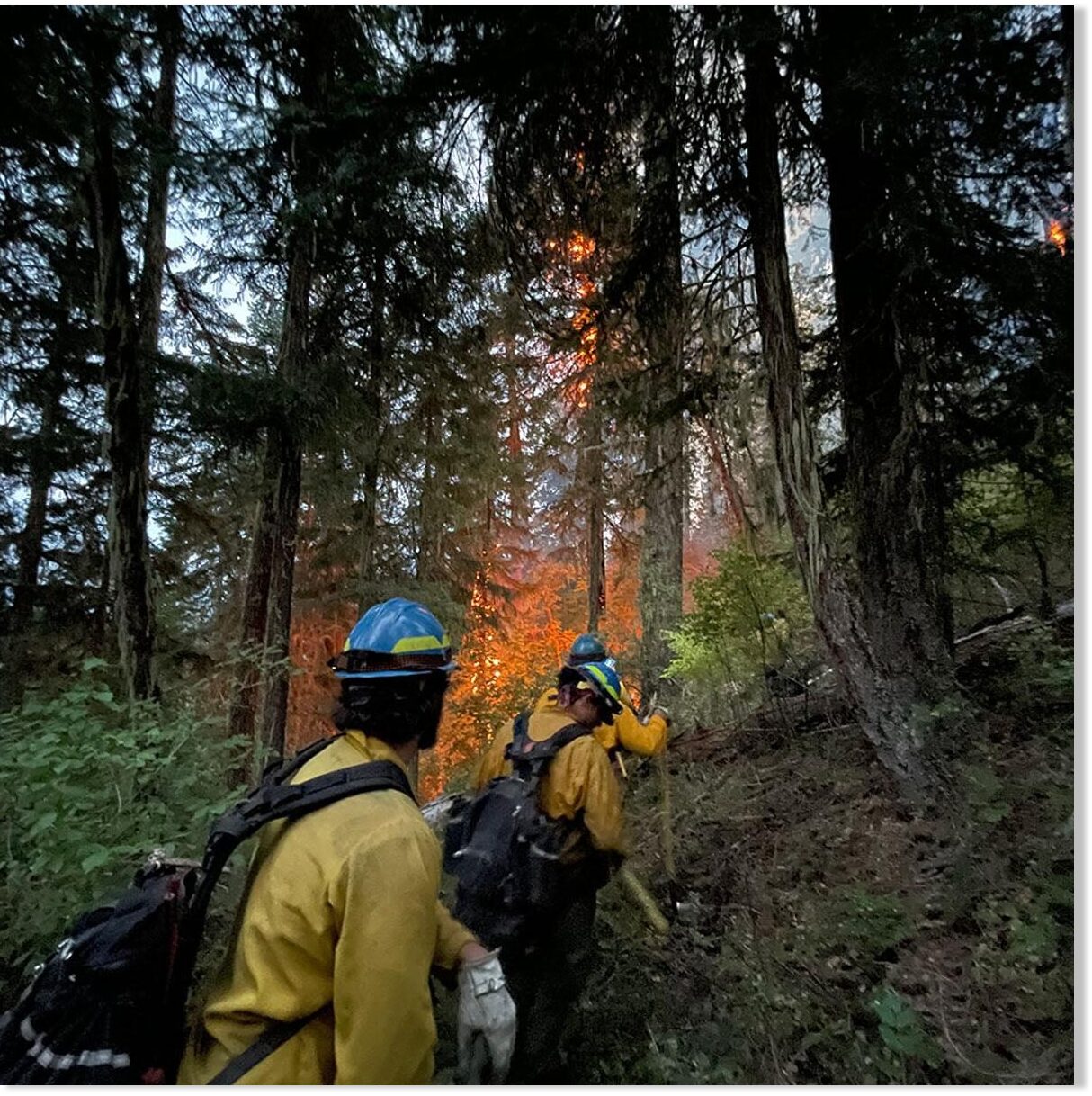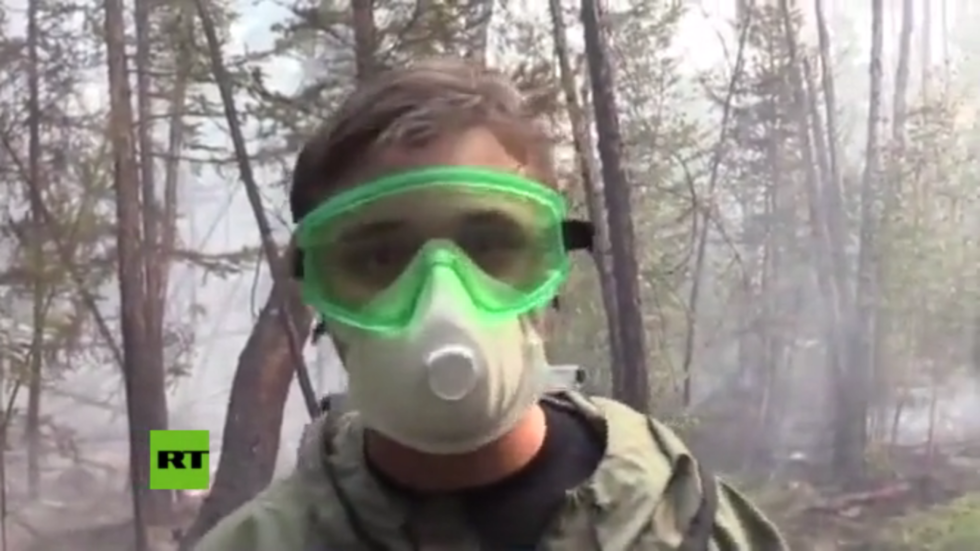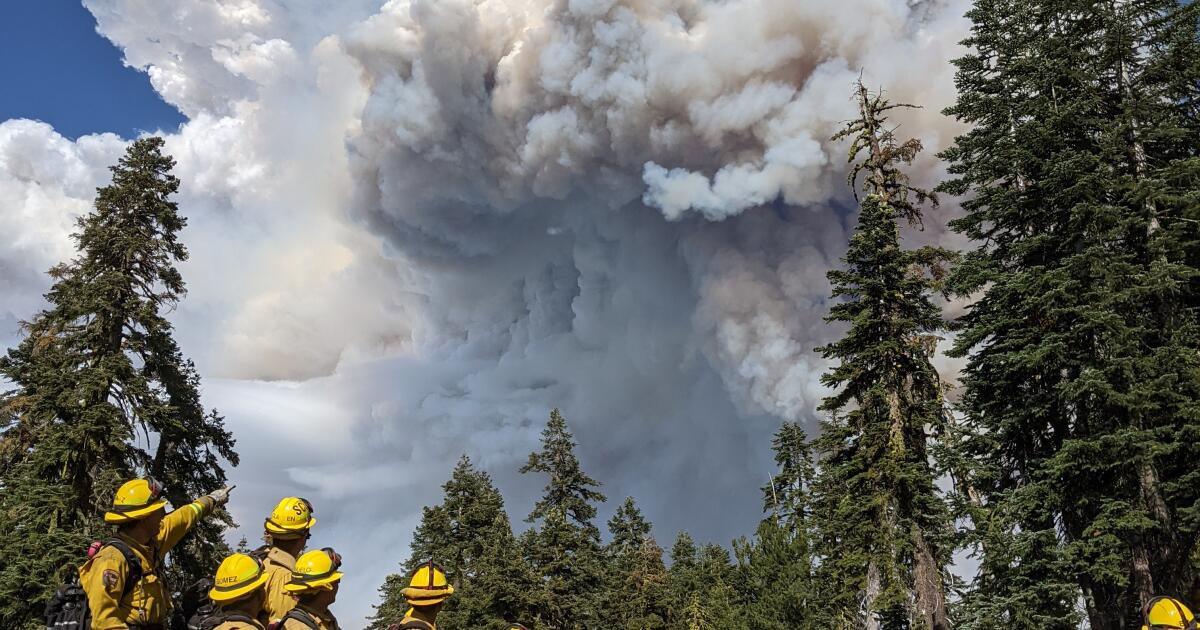
Anatomy of a monster: How the Dixie fire became California's biggest of the year
The conditions that paved the way for the Dixie fire’s growth are becoming more common.
LATimes.com Photo
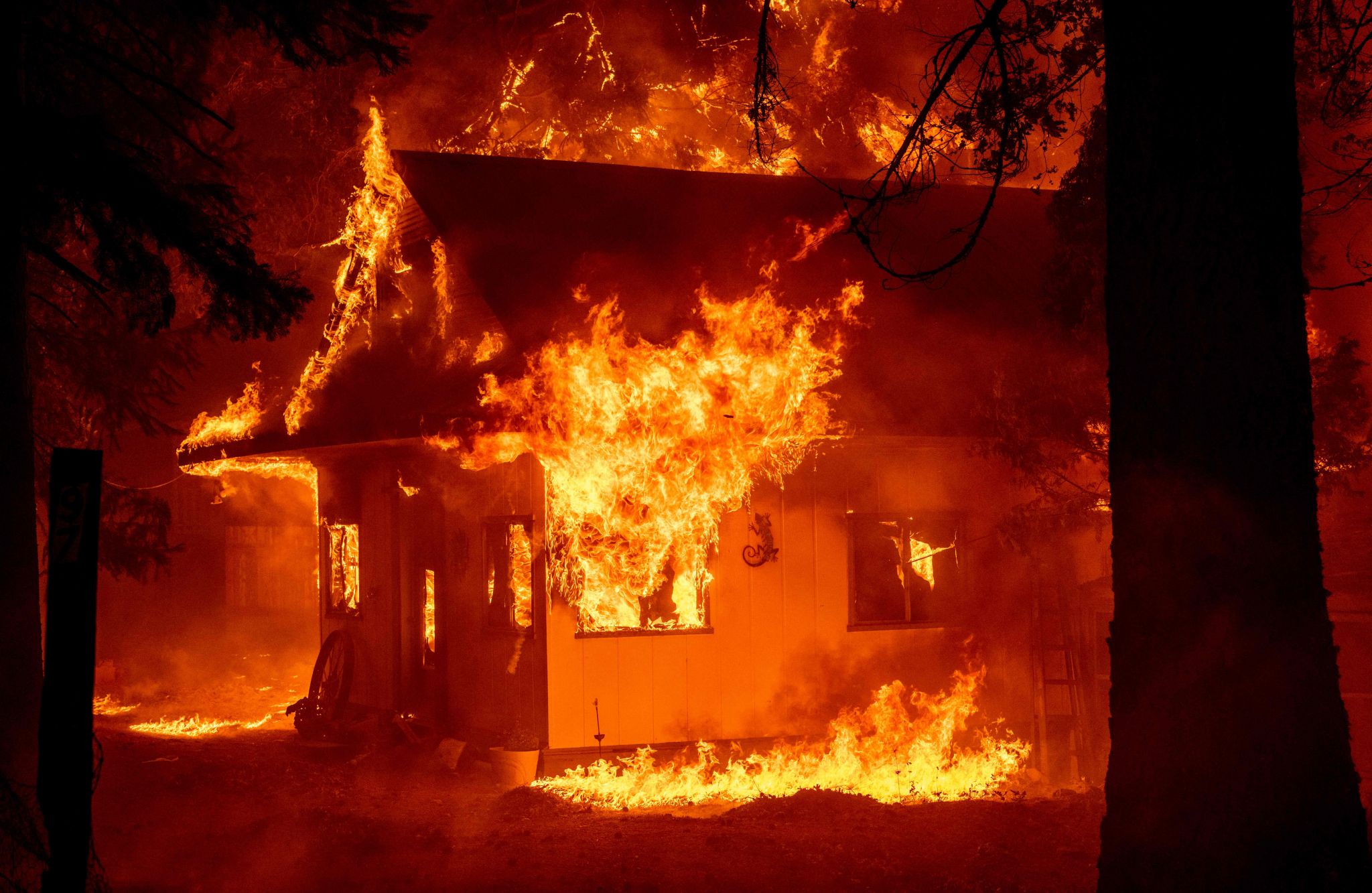
'Devastating': California's largest fire devours multiple homes
Homes were lost and saved in Indian Falls.
Researchers link ‘heavy wildfire smoke’ in Reno to increased risk of contracting COVID-19
By CNEWS with AFP - Updated 07/26/2021 at 9:41 AM Published on 07/25/2021 at 7:54 AMMid Snip:
Kiser is hoping that his research results will motivate people to get vaccinated and to wear masks to reduce their exposure to the virus and to tiny wildfire particulate matter that measures 2.5 micrometers or less.
That’s about 1/30th the size of a human hair at its largest. Scientists refer to it as PM 2.5 for short.
To analyze the relationship between this fine wildfire ash and COVID-19 positivity rates, Kiser and his team collected data from the Washoe County Health District and the region’s big hospital system, Renown Health.
He said they discovered that the PM 2.5 was responsible for a 17.7% increase in the number of COVID-19 cases that occurred during a period of prolonged smoke that took place between Aug. 16, 2020, and Oct. 10, 2020.
Washoe County’s 450,000 residents, many of whom live in Reno, experienced 43 days of elevated PM 2.5 during that period, researchers said, compared with 26 days for residents of the San Francisco Bay Area.
“We had a unique situation here in Reno last year where we were exposed to wildfire smoke more often than many other areas, including the Bay Area,” said Dr. Gai Elhanan, co-lead author of the study and an associate research scientist of computer science at the institute. “We are located in an intermountain valley that restricts the dispersion of pollutants and possibly increases the magnitude of exposure, which makes it even more important for us to understand smoke impacts on human health.”
The relationship between COVID-19 positivity rates and air pollution in general has gained interest among scientists around the world, and Kiser and Elhanan cite research papers from Europe and Asia that explore the phenomenon as well.
Kent Pinkerton, an expert on air pollution on the faculty at the University of California, Davis, said there’s concern among physicians and scientists about the impact of climate change on cardiopulmonary health, a topic he’s currently addressing in an article he’s submitting to a medical journal.
“Hotter temperatures, climate change, wildfires, air pollution, all seem to have some association with a greater risk of COVID-19 cases,” Pinkerton said. “If you’re susceptible to air pollution, such as particulate matter, it could be that you just have a situation where you’ll be also much more susceptible to viral particles that might be in the air that you’re breathing. It’s not that the air pollution makes the COVID-19 cases more likely to happen, but it may simply be a reflection of just the fact that, where areas of high pollution are, ... the risk for COVID-19 cases may be greater. “
Last edited:


